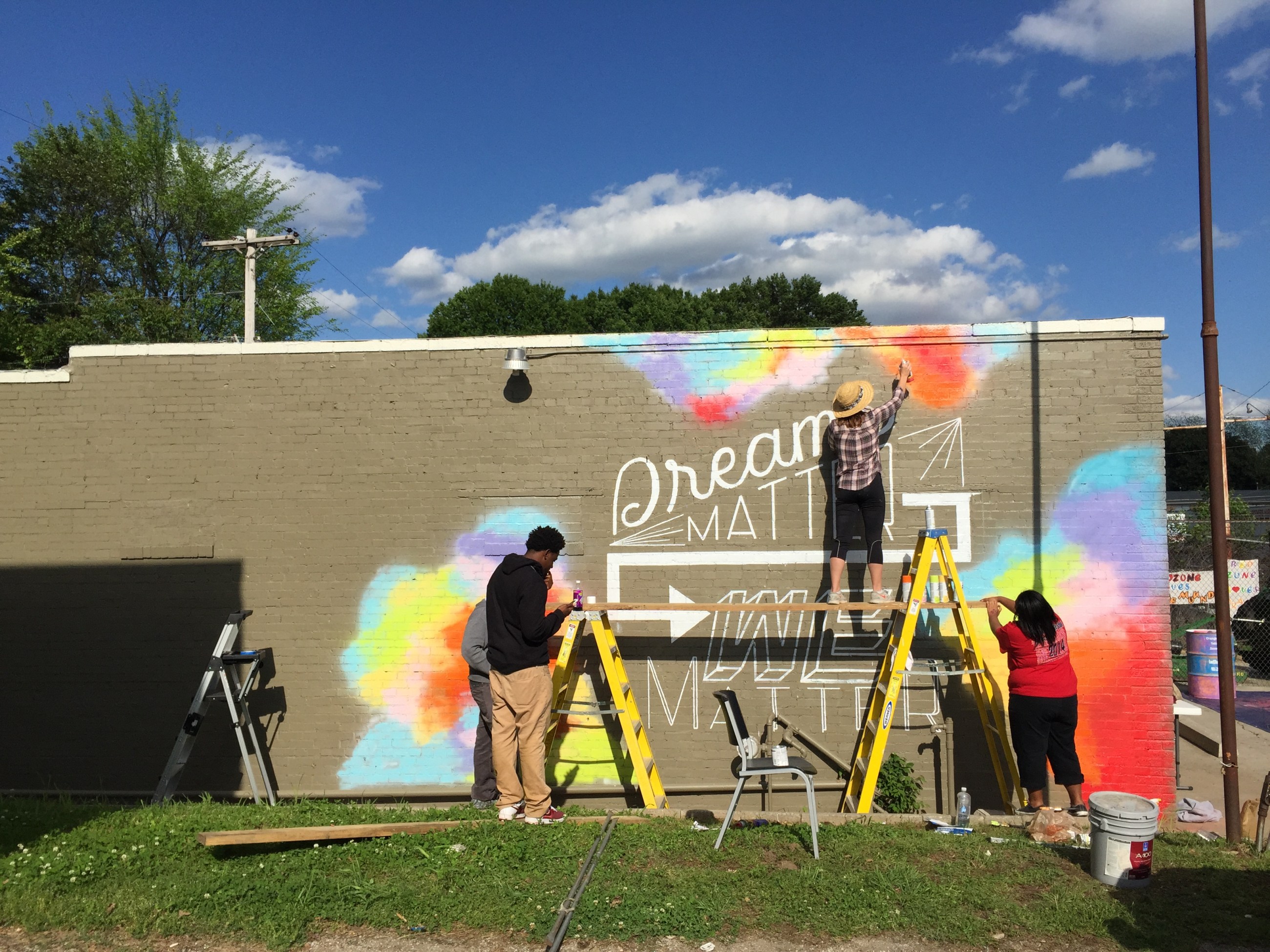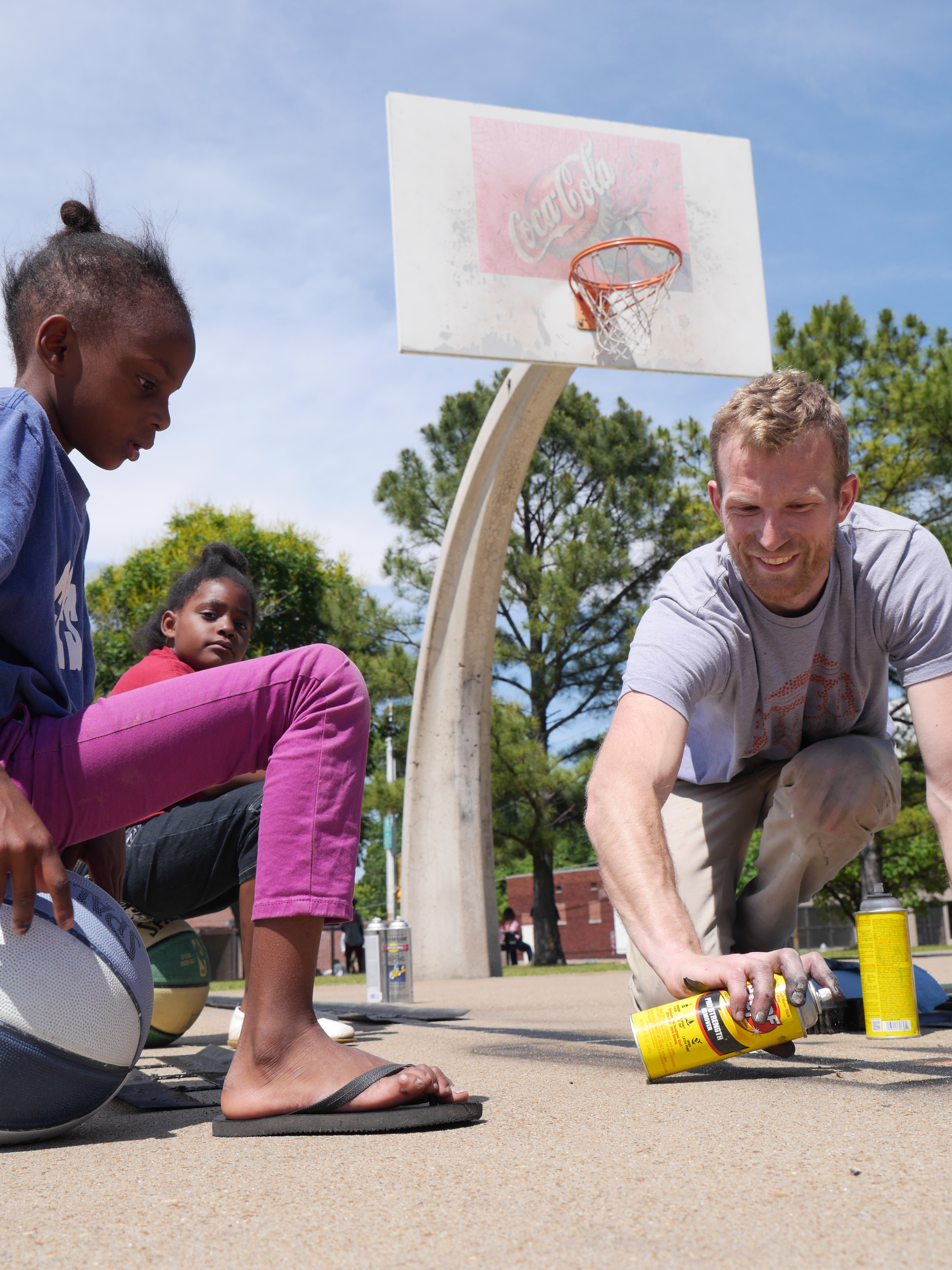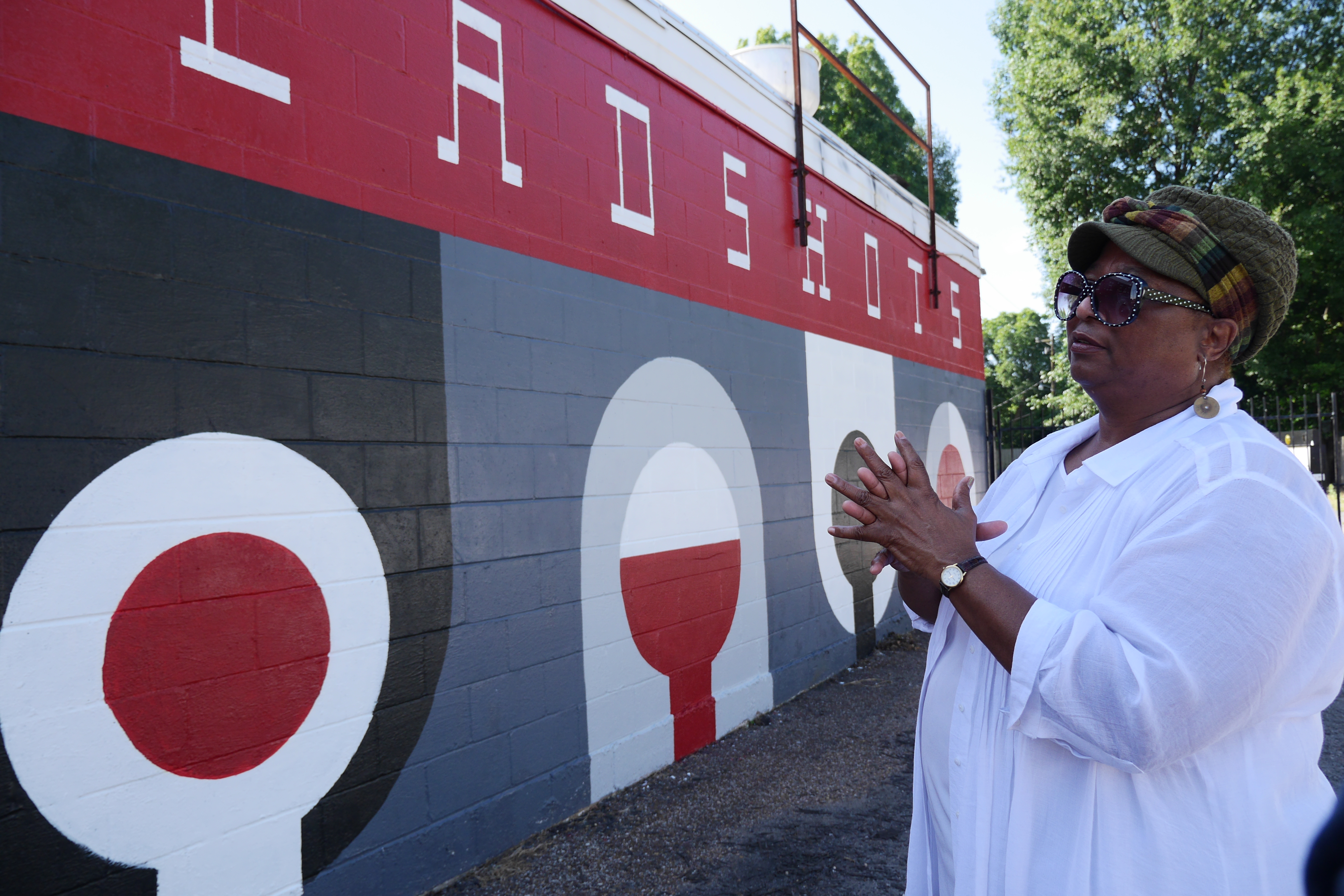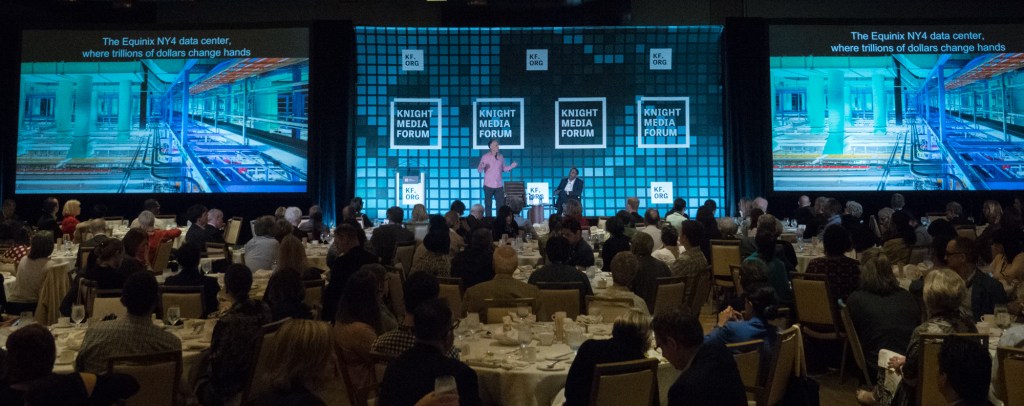
What civic tech startups need to break through
Knight Foundation recently issued a report with the Rita Allen Foundation on how civic tech startups are seeking sustainability. Here, Erin Barnes, the co-founder and executive director of crowdfunding site ioby, writes about her organization’s path.
When Charlottesville, Virginia, was in a state of emergency, my 65-year-old mother called me to ask me how to write to her elected officials. A lifelong Virginian, she felt motivated for the first time to speak up. She said, “I googled it, and I think I have to Twitter at them.” My mom is not a technology power user, but she can buy train tickets, watch a livestream video of her dog, and print photos of her grandchildren from her phone. So why isn’t it just as a simple for her to communicate with her elected officials?
New technology permeates nearly every aspect of life, so it’s important to question why technology hasn’t yet offered major improvements to civil society. The new paper, Scaling Civic Tech: Paths to a Sustainable Future, funded by Knight Foundation and the Rita Allen Foundation, does exactly that.
Governments have the most to gain from the growth of civic tech. This technology can help governments listen to constituents, respond to needs, assess input, analyze big data, share new policy ideas and communicate during emergencies. But, governments are understandably risk averse in their contracting. Most use a bid process for any project over $10,000. They’re not equipped to invest in a new idea and hope that it works out. Their transactions have clearly defined outcomes, and they need subcontractors with a proven track record.
Meanwhile, for a tech startup to grow, it needs capital that the Nonprofit Finance Fund calls “Build” funding. ioby, the civic tech organization I’ve run since 2009, got lucky. In our early stages of national expansion, we had a government partner who was able to invest in an unusual way. The city of Memphis received an award from Bloomberg Philanthropies in 2011 to start an initiative called the Mayor’s Innovation Delivery Team. This nonprofit, external body was designed to solve some of the typical problems associated with government procurement.
As a result, our New York-based startup was able to take on a major risk and open an office in Memphis, where we have since been very successful. With an investment from the city and local philanthropy totaling $400,000 over the last four years, we have been able to support more than 230 resident-led groups to plan, fund and build positive change in their neighborhoods. Together, these Memphians crowdfunded more than $670,000 in small donations (the majority given by Memphians) on ioby.org for their projects across the city. Since ioby has been in Memphis, the city has seen 46 projects to promote food access and community gardens, 16 composting and green infrastructure projects, 14 projects to encourage sports, 15 new or enhanced bike lanes and trails, 21 public art projects, 28 education projects, 20 improved and activated parks and playgrounds, and many more – all funded by individuals on ioby.org.
We wouldn’t have been able to do this if the Mayor’s Innovation Delivery Team wasn’t able to help the city absorb risk and invest in our work early on. And this scenario is incredibly rare.
So how does a more typical funder dynamic play out in nonprofit civic tech? Let’s say a new nonprofit tech organization wants to increase public meeting participation by immigrants. The mission and initial product design are both centered on immigrants and improving their experience. Funders to this startup could include city governments, foundations and corporations, all of which would probably have an aligned but tangential interest. Most likely, the foundation or corporation would ask that the nonprofit begin to collect data, and the city government might ask that they build a portal for government staff to communicate to immigrants. These are perfectly good ideas. However, now the nonprofit, with limited resources, has two competing goals: their own mission (to serve immigrants in civil society) and their paying customers’ desires (to collect data that is not mission critical). With limited resources, a new civic tech organization will absolutely prioritize their funder’s request, delaying the advancement of their own mission, further delaying their ability to show impact.
At ioby, we face this issue every day. Should we prioritize a request from a funder or a paying partner over the needs of a project leader?
The strategies of successful, venture-backed tech startups involve tactics that are not part of philanthropy’s DNA, such as being agile and responding to users, failing fast and often, pivoting from the original use case (sometimes many times), and building staff capacity in marketing, engineering, UX and design. These startups have access to capital to sustain growth even as they figure out their own model. Yes, it would be nice if civic tech nonprofits got philanthropic capital in that way. But, that’s not enough.
This report is starting a critical conversation that needs to happen with leaders in philanthropy willing to make Build investments in civic technology. For civic tech nonprofits to be successful, foundations themselves need to take a lead in shifting the culture in philanthropy to embrace risk, failure, agility, responsive timelines, nontraditional staff roles, and other norms from the tech field. The payoff is a healthier civic life for our communities, our nonprofits, and for philanthropy itself.
Erin Barnes is the co-founder and executive director of ioby.
-
Technology / Article
-
Technology / Press Release
Recent Content
-
Artsarticle ·
-
Artsarticle ·
-
Community Impactarticle ·






